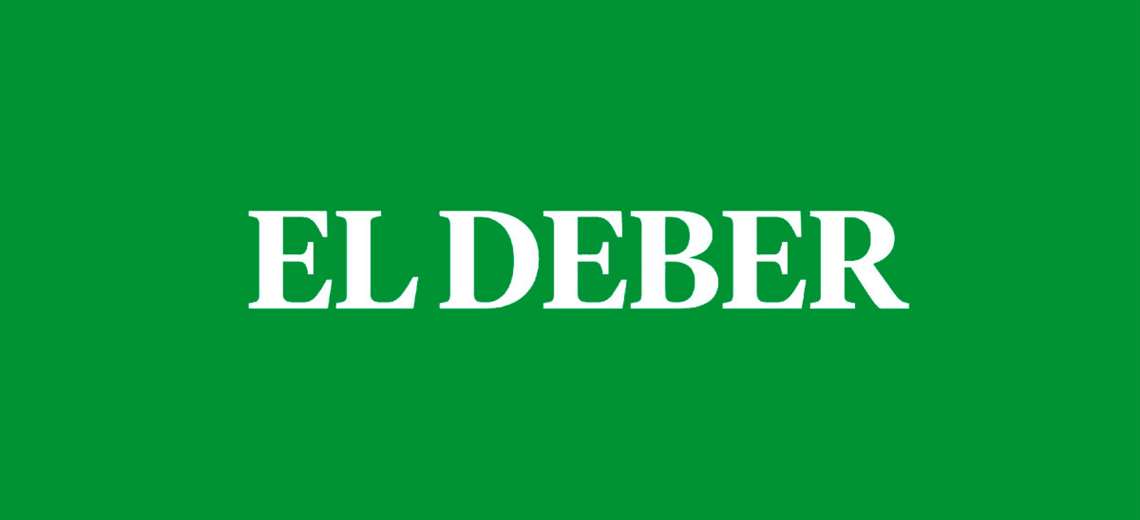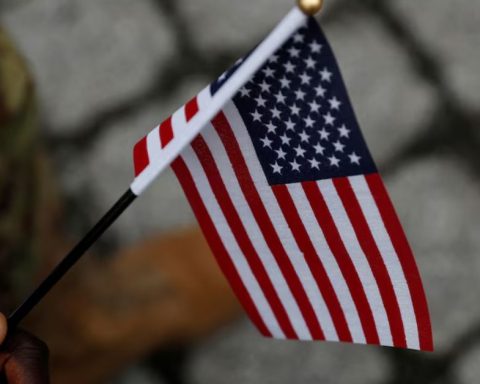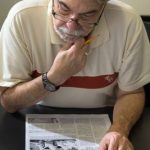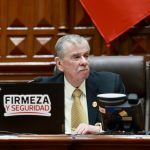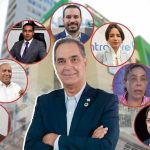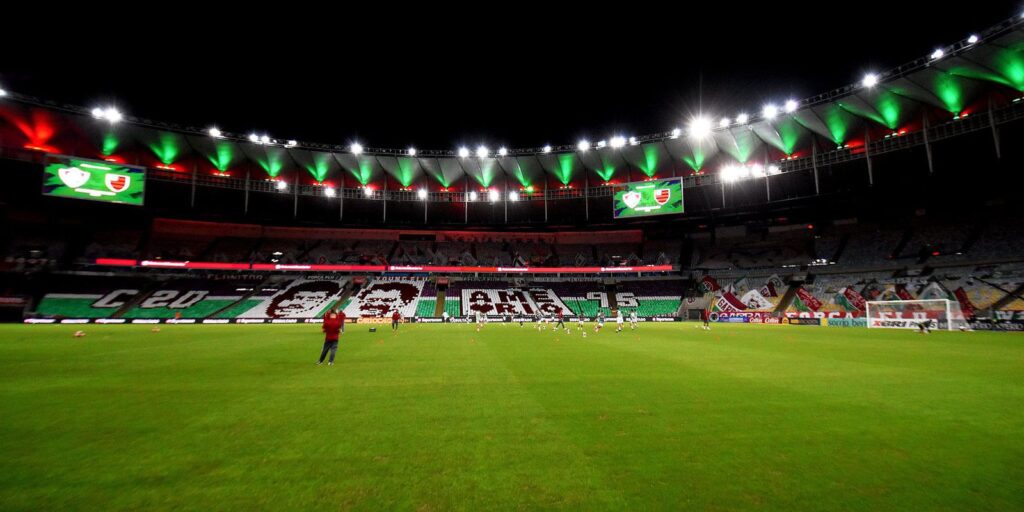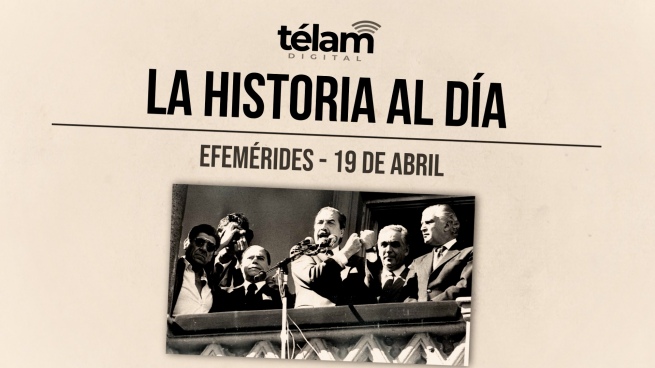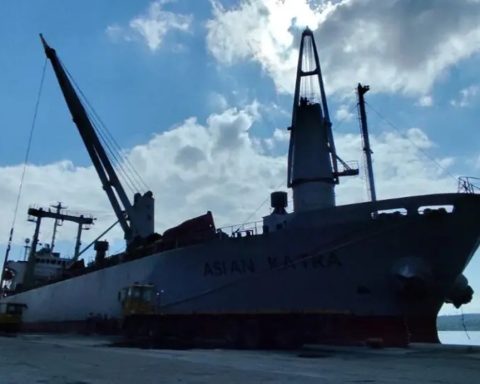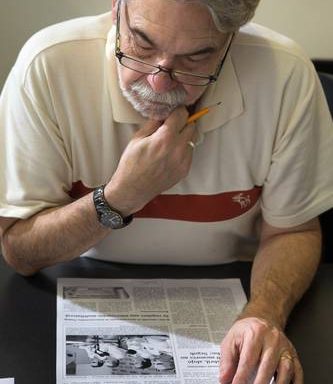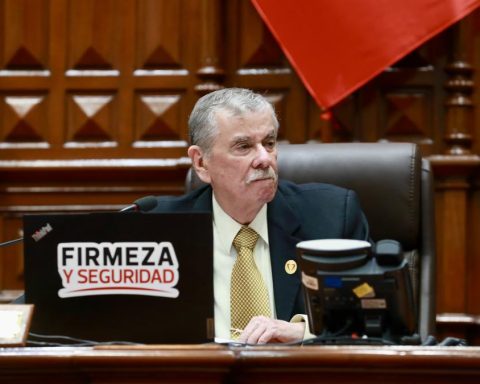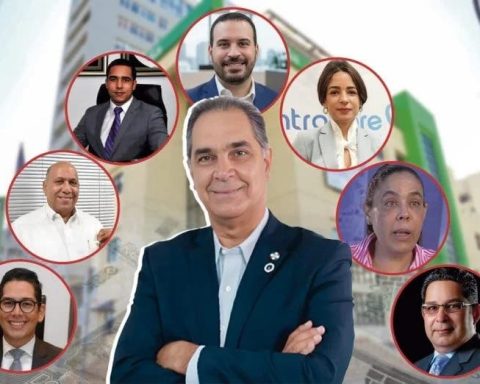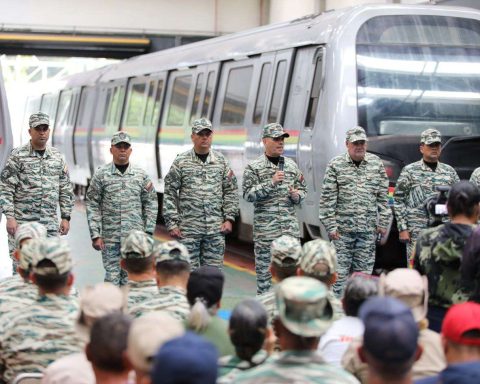Unlike many issues in which the government has imposed its criteria from power, in this one you will have to be very careful about the solution you propose.
We are facing an issue whose definition can help settle part of the misunderstandings that we still have about ourselves: who are we? The answer is not simple and it adds up to historical, political and cultural annoyances. Whoever proposed the category “peasant indigenous origin”, without commas or differences between them, knew that he was mixing concepts and that the objective, being ideological, would have to be resolved by force and imposition or by reasoning and justification.
The time line has allowed the foundations of our society to adjust to ways of life with dignity. The mita, the yanaconazgo, slavery, pongueaje, servitude, progressively gave way to principles of coexistence that approach the objective of respecting each other, living accordingly. Citizenship went through a similar process; the census vote, selective for men over 21 years of age, who knew how to read and write, with income not from domestic service, when it passed to the universal vote, it began teaching colors to identify the ballot and from one day to the next, allowed the work that built the active citizenship, even the digital one that we practice today. Citizenship and democracy began to overcome the problem of race and exclusion.
The rural population, grouped into the categories of peasants, Indians, foresters, “despite the material and spiritual protection of the Laws of the Indies, due to the imposition of a semi-feudal system, with repartimientos and encomiendas, was unfairly dispossessed and subjected to personal and gratuitous servitude, considering, for the first time, the problem of the Indian and the land, not as a racial or pedagogical problem, but as an essentially social and economic one”, says one of the recitals of the Agrarian Reform Law; this produced the recognition of that Bolivia that in 74% of the 1950 Census considered rural, and burst in to complete the inhabitants of the homeland. The Chaco War was the trigger for their recognition by having integrated them as soldiers.
Women went through a complicated path, relegated to the intimate and obligatory silence of obedience, until the moment when the exercise of their rights went through being recognized as subjects and that they could exercise them without permission from their husbands until those who are raised today with freedom over their bodies. And they continue the recognition of the rights of the LGBT communities that, with a mantle of questioned values and prejudices, had been condemned to ignorance of their existence.
None of these rights is perfect or fully exercised despite progress. The existence of electoral fraud, ignorance of the rule of law, the separation of powers, discrimination, violence against women, violation of human rights and thought, need to be overcome in the 21st century.
The issue of our self-identification in the Census has that importance. This is the time to take a step towards a mature society that proposes meetings and consultations.
El Mundo has opted for culture and citizenship as an element of relationship, recognizing the multiculturalism of people and societies, and that they combine origin, training, languages, beliefs, values and go beyond racial connotations. The Bolivian nation is made up of Bolivian men and women who value the cultural diversity that is expressed in the existence and contribution of our history, of indigenous nations and peoples, the diversity built in cities, in regions, in political and social organizations , economic and productive, in the difficulties and contradictions that human societies have and for us, they are part of the so-called Plurinational State.
From the investigation, together with Mercedes Nostas and Alcides Vadillo, we have suggested this reflection to comply with the Constitution in its Article 3, when it says that the Bolivian nation is formed by: a) the Bolivian men and women, b) the nations and peoples native indigenous peasants, c) intercultural communities, d) Afro-Bolivian communities.
Given the debate that is taking place, it would do power so much good to listen. This is a good time for citizenship, science and knowledge.
Unlike many issues in which the government has imposed its criteria from power, in this one you will have to be very careful about the solution you propose.
We are facing an issue whose definition can help settle part of the misunderstandings that we still have about ourselves: who are we? The answer is not simple and it adds up to historical, political and cultural annoyances. Whoever proposed the category “peasant indigenous origin”, without commas or differences between them, knew that he was mixing concepts and that the objective, being ideological, would have to be resolved by force and imposition or by reasoning and justification.
The time line has allowed the foundations of our society to adjust to ways of life with dignity. The mita, the yanaconazgo, slavery, pongueaje, servitude, progressively gave way to principles of coexistence that approach the objective of respecting each other, living accordingly. Citizenship went through a similar process; the census vote, selective for men over 21 years of age, who knew how to read and write, with income not from domestic service, when it passed to the universal vote, it began teaching colors to identify the ballot and from one day to the next, allowed the work that built the active citizenship, even the digital one that we practice today. Citizenship and democracy began to overcome the problem of race and exclusion.
The rural population, grouped into the categories of peasants, Indians, foresters, “despite the material and spiritual protection of the Laws of the Indies, due to the imposition of a semi-feudal system, with repartimientos and encomiendas, was unfairly dispossessed and subjected to personal and gratuitous servitude, considering, for the first time, the problem of the Indian and the land, not as a racial or pedagogical problem, but as an essentially social and economic one”, says one of the recitals of the Agrarian Reform Law; this produced the recognition of that Bolivia that in 74% of the 1950 Census considered rural, and burst in to complete the inhabitants of the homeland. The Chaco War was the trigger for their recognition by having integrated them as soldiers.
Women went through a complicated path, relegated to the intimate and obligatory silence of obedience, until the moment when the exercise of their rights went through being recognized as subjects and that they could exercise them without permission from their husbands until those who are raised today with freedom over their bodies. And they continue the recognition of the rights of the LGBT communities that, with a mantle of questioned values and prejudices, had been condemned to ignorance of their existence.
None of these rights is perfect or fully exercised despite progress. The existence of electoral fraud, ignorance of the rule of law, the separation of powers, discrimination, violence against women, violation of human rights and thought, need to be overcome in the 21st century.
The issue of our self-identification in the Census has that importance. This is the time to take a step towards a mature society that proposes meetings and consultations.
El Mundo has opted for culture and citizenship as an element of relationship, recognizing the multiculturalism of people and societies, and that they combine origin, training, languages, beliefs, values and go beyond racial connotations. The Bolivian nation is made up of Bolivian men and women who value the cultural diversity that is expressed in the existence and contribution of our history, of indigenous nations and peoples, the diversity built in cities, in regions, in political and social organizations , economic and productive, in the difficulties and contradictions that human societies have and for us, they are part of the so-called Plurinational State.
From the investigation, together with Mercedes Nostas and Alcides Vadillo, we have suggested this reflection to comply with the Constitution in its Article 3, when it says that the Bolivian nation is formed by: a) the Bolivian men and women, b) the nations and peoples original indigenous peasants, c) intercultural communities, d) Afro-Bolivian communities.
Given the debate that is taking place, it would do power so much good to listen. This is a good time for citizenship, science and knowledge.
;
